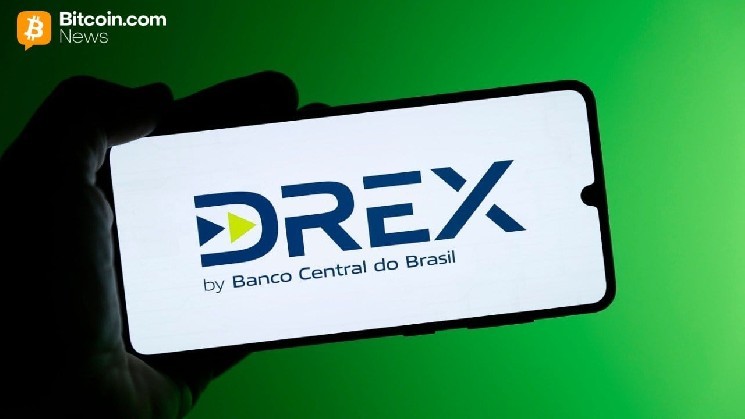Fernando Haddad, Brazil’s finance minister, said the objective of Drex, the country’s CBDC, is to increase transparency of flows and facilitate financial transactions. Haddad denied that the government would seek to exert control or monitor payments using the tool.
Brazil’s CBDC Does Not Seek Control, Finance Minister States
Fernando Haddad, Brazil’s finance minister, shared his perspective on the implementation of Drex, the nation’s upcoming central bank digital currency (CBDC), and the objectives behind its introduction to the financial system.
On a recent podcast, Haddad denied that the current administration aims to use this new form of money to control users’ flows. He reiterated that the true objective of the tokenized Drex ecosystem is to facilitate financial transactions for the population rather than monitor their payments.
“It has transparency, it doesn’t have control, that’s not what it’s for,” Haddad explained when questioned on the issue in a podcast.
The statements answer the negative views some citizens and even lawmakers, like Julia Zanatta, have on the project due to its disruptive nature. Last year, Zanatta warned about the pernicious effect of the wide adoption of a digital real, opposing the possible phasing out of physical money, taking Drex as a substitute.
Nonetheless, Haddad disregarded these statements, claiming that Drex could bring visibility to singular user flows, like tax breaks.
Also, Haddad criticized the high transaction costs in Brazil, given the large number of middlemen involved. “There’s always someone in the way, there’s always a toll. Right now, we’ve passed a law to regulate competition from big tech, because they charge tolls for everything,” he assessed.
Finally, he highlighted that the project has been facing some difficulties linked to the recent Pix hack and how the central bank dealt with it.
Drex is expected to complete its current pilot phase in 2026, dropping its blockchain component and addressing other relevant issues to make it available for Brazilian citizens as soon as possible, with a full implementation estimated to be feasible by 2030.

